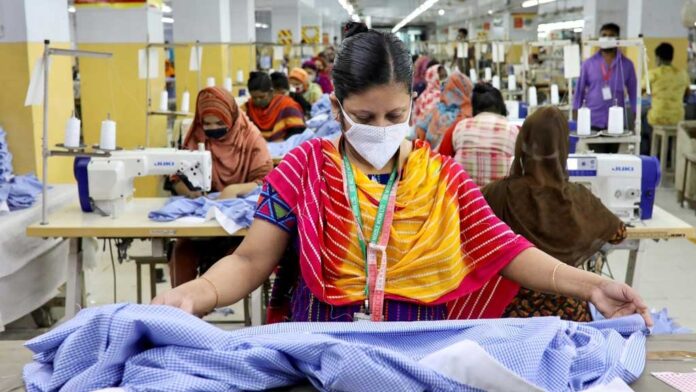“I’m not well, brother; 60 percent of our exports go to the US. This is a huge shock for us. Overwhelming!”
Shovon Islam, the managing director of Sparrow Garment Ltd, appeared visibly shocked just hours after President Donald Trump announced sweeping changes to global tariff policy on Thursday.
Trump’s “Make America Great Again” agenda has dealt a severe blow to Bangladesh’s most critical export sector. Although the industry deals with 40 buyers in 20 countries, the vast majority of orders come from the US.
The penalties were declared against the backdrop of the White House Rose Garden on Wednesday, instantly triggering turbulence in world markets and drawing criticism from other global leaders as the era of trade liberalization comes to an end.
Trump justified the “reciprocal” tariffs as a response to duties and other non-tariff barriers on US goods, asserting that the new levies would bolster domestic manufacturing jobs.
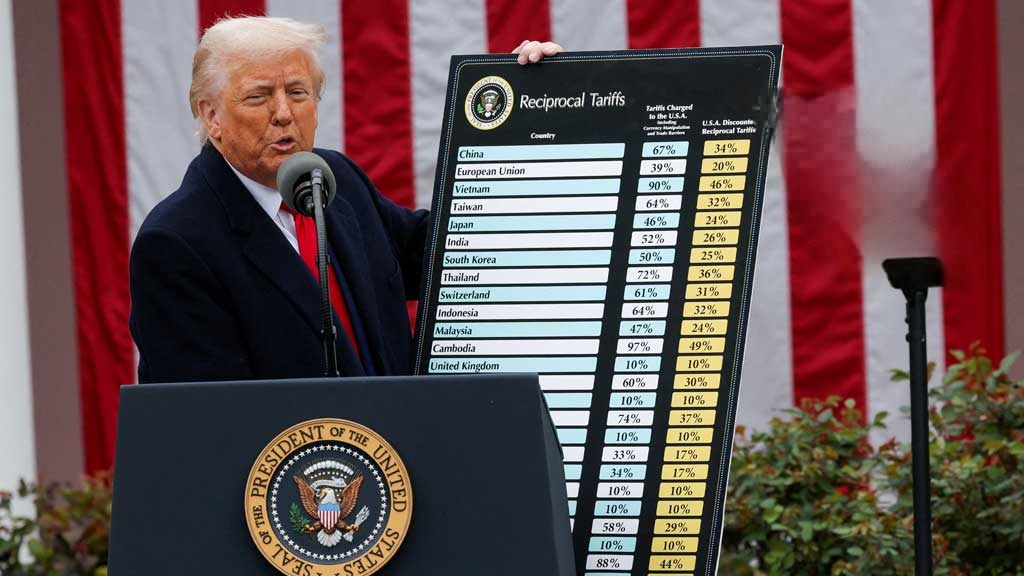
He imposed additional tariffs on products from over 100 countries, with Bangladeshi exports now facing a supplementary duty of 37 percent upon entry into the US. Previously, the average US tariff rate on Bangladeshi goods was 15 percent, but with the added 37 percent, the effective rate soars to 52 percent—meaning Bangladesh now pays Tk 52 for goods worth Tk 100 exported to the US.
Shovon Islam warned that these increases would likely result in more significant price hikes in Bangladesh compared to India. “This [new] tariff was added to whatever it was before. In this case, India is in a very advantageous position. India lowered duties by $3bn,” he noted, implying that India’s tariff cuts led Trump to impose a lower duty on Indian exports.
Starting April 9, Indian goods will face tariffs of up to 27 percent. Before the hike, US tariffs on trading partners averaged 3.3 percent—among the lowest globally—while India’s tariff stood at 17 percent, according to the White House.
Meanwhile, the US is applying even higher tariffs on other countries: 54 percent on China, 49 percent on Cambodia, 46 percent on Vietnam, 44 percent on Sri Lanka, and 45 percent on Myanmar; compared to 37 percent for Thailand and 29 percent for Pakistan.
A former BGMEA director, Shovon emphasized that with the threat of losing its share of the US garment market, Bangladesh should immediately eliminate import duties. “All duties should be lifted immediately,” he declared.
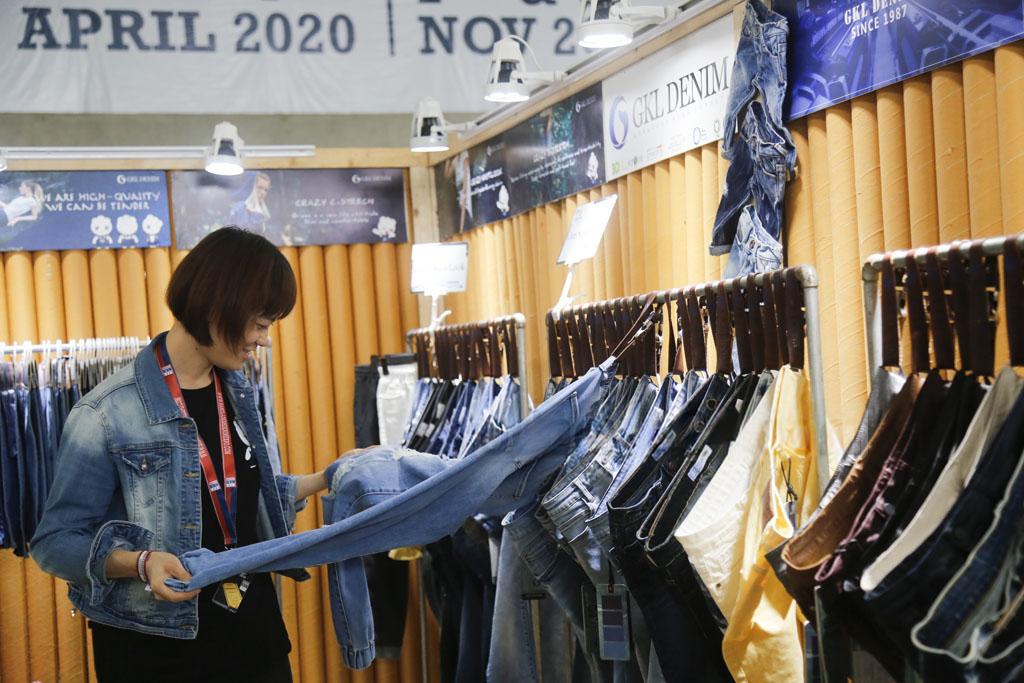
In 2024, Bangladesh exported nearly $8.4 billion to the US, with ready-made garments alone accounting for $7.34 billion.
However, Professor Mustafizur Rahman, honorary fellow of the Centre for Policy Dialogue (CPD), observed that since many of Bangladesh’s competitors in the apparel sector have received similar tariff revisions, the relative competitive position in the US market might not change drastically. “The tariff is being imposed on our competitors as well. Therefore, we won’t see any big changes in the competition in the US, relatively speaking,” he explained.
He further noted that since the US does not produce apparel domestically, consumers will continue buying imports, so the competitive landscape remains similar. Yet, he cautioned that a downturn in overall demand in the US and globally—spurred by an escalating “trade war”—could slow down global trade.
Trump heralded the announcement of his new tariff policy as “Liberation Day,” proclaiming that the US had been waiting for this moment. “Now it’s our turn to prosper, and in so doing use trillions and trillions of dollars to reduce our taxes and pay down our national debt, and it will all happen very quickly,” he stated.
A White House-released list shows that Bangladeshi exports now face a 37 percent “reduced supplementary tariff” upon entry to the US, a measure introduced to counter what the Trump administration calls “unfair trade practices” by countries imposing high tariffs on US goods.
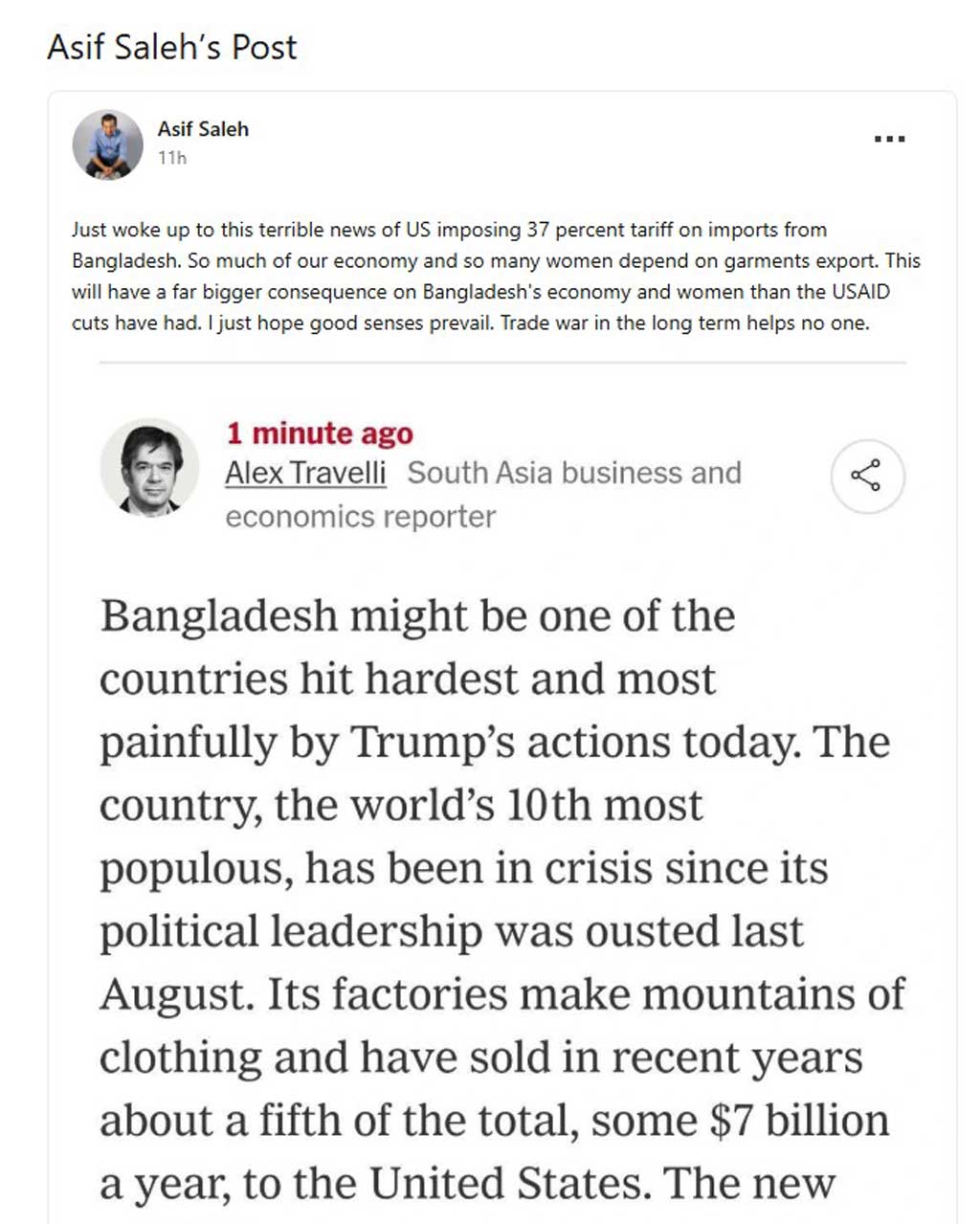
Under the new policy, Trump has already applied a 10 percent baseline tariff on all imports from April 5. Countries that have manipulated their currencies or imposed protective tariffs and non-tariff barriers are now subject to higher supplementary tariffs.
Trump’s tariff chart displays US tariffs on American goods on one side and reduced supplementary duties on the other. Although it might appear that Bangladesh faces an average tariff of 74 percent on its US-bound products, NBR officials clarified that most products actually have either zero or minimal tariffs—for example, gas is taxed at 31 percent, and tariffs on edible oil have been reduced.
Moreover, Bangladesh does not impose tariffs based on the country of origin. A senior official from the NBR’s customs policy branch explained that all customs duties in Bangladesh are determined using the harmonised system (HS) codes, which apply uniformly to all countries. The HS code is the international standard for classifying products for customs duty purposes.
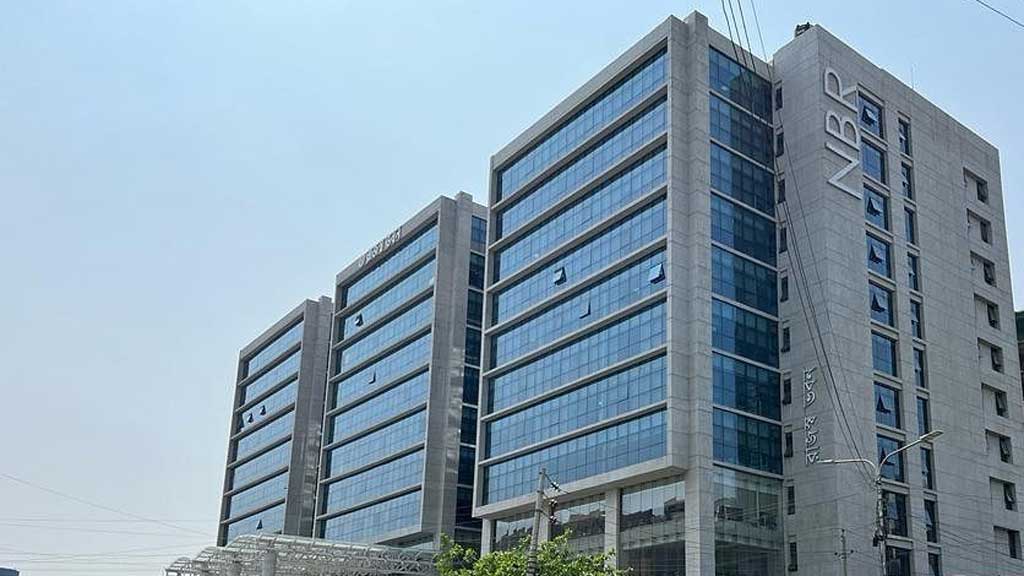
Bangladesh’s overall tariff burden is further increased by additional levies called “para tariffs.” For instance, while cotton, refrigerators, and machinery might have a 0 to 1 percent import duty, the addition of a 15 percent value-added tax (VAT) and a 10 percent advance income tax can raise the effective tariff rate to 26 percent.
A report by The New York Times noted that the Trump administration calculated reciprocal tariffs not on actual imposed tariff rates but by dividing the US trade deficit with each country by that country’s exports to the US. This fraction was then used as the tariff rate on US goods. The administration then portrayed President Trump as “generous” for imposing only half that rate on affected countries.
According to the Office of the United States Trade Representative (USTR), the US trade deficit with Bangladesh is $6.2 billion, while Bangladesh exported $8.4 billion to the US. This results in a fraction of 0.74, which the Trump administration interpreted as a 74 percent tariff rate on US goods from Bangladesh. However, economists have criticized this method as fundamentally flawed. Selim Raihan, executive director of the South Asian Network on Economic Modeling (SANEM), commented, “It’s clear from the available information that the method used to calculate these reciprocal tariffs is deeply flawed.”
Economist Mustafizur Rahman added, “The US administration calculated the tariffs in a way that suggests Bangladesh imposes a 74 percent duty on US imports. But on what basis did USTR make this calculation? That claim does not align with any standard tariff calculations.” He noted that Bangladesh’s main US imports—such as cotton, scrap iron, and petroleum gas—face minimal tariffs, with cotton and scrap iron being duty-free and only petroleum gas carrying a 31 percent duty.
Bangladesh imports a range of goods from the US, including grains, seeds, soybeans, cotton, wheat, maize, gas, edible oil, refrigerators, machinery, and iron and steel products. Notably, cotton imports alone are valued at around $400 million. Meanwhile, Bangladesh’s key exports to the US include ready-made garments, footwear, textiles, and agricultural products, with garments representing 90 percent of the exports.
India to Gain Advantage
With higher tariffs imposed on other Asian countries, India is expected to gain a competitive edge in the US apparel market, according to Reuters. Fazlee Shamim Ehsan, executive president of the Bangladesh Knitwear Manufacturers and Exporters Association (BKMEA) and managing director of Fatullah Apparels Limited, remarked, “India is now in a better position because its tariff rate is 11 percent lower than Bangladesh’s 26 percent.” He emphasized that even a 4 to 5 percent difference is significant in a low-margin industry, adding extra pressure on Bangladeshi exporters.
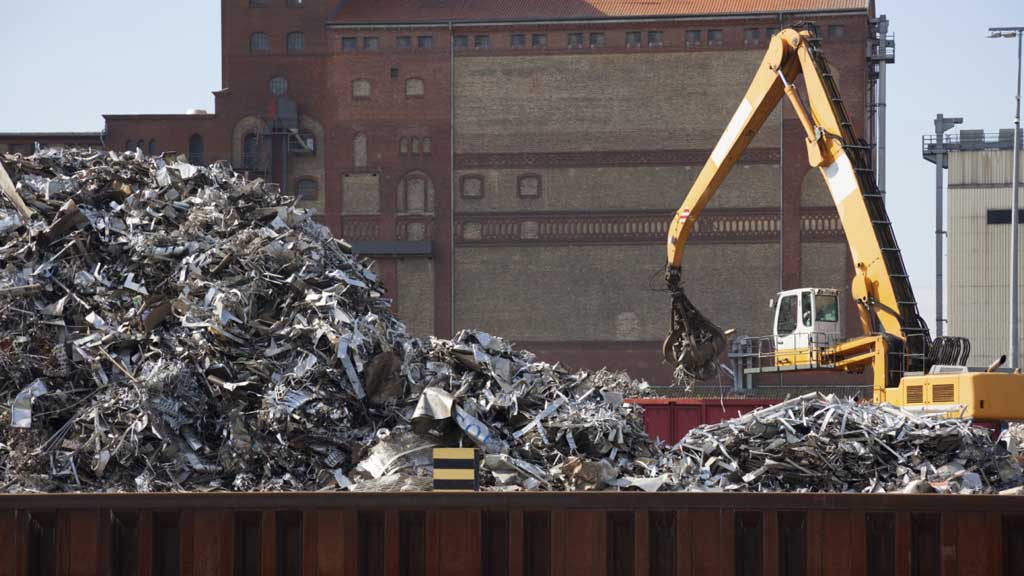
While Vietnam and China have traditionally been seen as Bangladesh’s main competitors in the apparel sector, Ehsan noted that India and Pakistan are now emerging as strong rivals in the US market. “We have benefited from competing with Vietnam in certain areas, but India and Pakistan are now emerging as formidable competitors in the US market. With India’s growing production capacity and established supply chain, they will naturally capture more market share. At this point, India is our real challenge,” he said.
Sparrow Group MD Shovon stressed that Bangladesh is lagging behind in efficiency. “In terms of efficiency, productivity, and overall competitiveness, we are falling behind. Even with tariffs, we are struggling to keep up. Compared with India, we are behind in almost every aspect,” he commented. He expressed his belief that India would fully utilise its capacity to expand its market reach.
Professor Selim highlighted the tariff discrepancy between the two countries, stating, “India faces a 26 percent tariff, while Bangladesh is burdened with 37 percent. Naturally, India will have an upper hand in many product categories, especially garments.” He noted that Indian policymakers acted swiftly when they learned about the issue in January, implementing measures to maximise their advantage.
Did Bangladesh Have Any Prior Preparation?
After Trump took office for his second term, his administration imposed higher tariffs on multiple countries including China, Canada, and Mexico. In response, several nations reviewed and lowered their import duties proactively—countries such as India and Sri Lanka took swift action to mitigate the impact.
However, sources indicate that Bangladesh did not take similar proactive measures. Senior government officials informed bdnews24.com on Tuesday that Bangladesh would only formulate strategies if tariffs were actually imposed. Professor Selim remarked that Bangladesh’s policymakers appeared to have been in a “comfort zone,” assuming that the tariff hikes would only affect India and a few other countries, not Bangladesh. “Back on February 19 and 20, I wrote two Op-Eds—one in The Daily Star and another in Prothom Alo—warning that Bangladesh was at risk,” he recalled. He also noted, “Trump made his announcement last night, yet we have seen no response from the National Board of Revenue (NBR) or any key policymakers.”
Industrialist Shovon similarly underscored the lack of timely action in Bangladesh compared with other nations.
What Can Bangladesh Do?
BKMEA Executive President Fazlee Shamim Ehsan stressed the importance of direct engagement with the US administration amid these shifting trade policies. “We have to explain our current scenario to the Trump administration and work with them directly,” he said. “Negotiation is our only viable path.”
Professor Selim Raihan cautioned against unilaterally reducing tariffs just for the US, noting that such actions would violate World Trade Organization rules. “We cannot unilaterally reduce tariffs for the US—it must be done on a multilateral basis, reviewing our entire para-tariff structure which is excessively high. We have always said this, and now we must rationalise them,” he explained.
Beyond tariff adjustments, he emphasized that Bangladesh must boost its global competitiveness. “We need to enhance our overall competitiveness. Relying solely on low labour costs won’t sustain us,” he said.
In this unpredictable global trade environment, Professor Selim warned that countries like Bangladesh are particularly vulnerable. “Only those nations that improve their competitive capabilities will survive,” he stated, highlighting deficiencies in infrastructure, financial systems, and workforce skills.
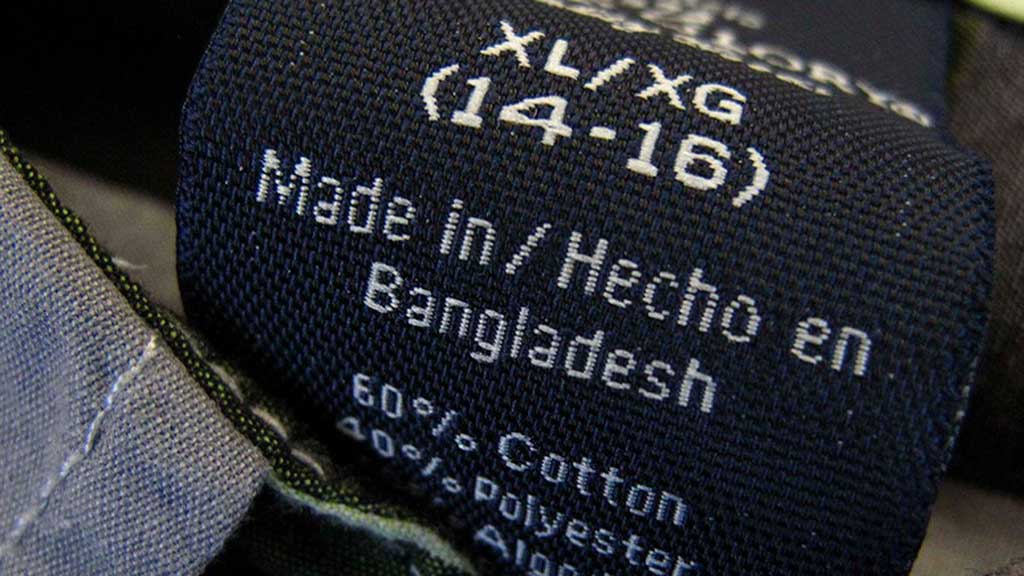
Professor Mustafiz pointed out that Bangladesh could leverage existing trade mechanisms, such as the Trade and Investment Cooperation Forum Agreement (TICFA), to challenge the US tariff calculations. “We can use TICFA to raise questions about how the 74 percent tariff calculation was derived—given that the additional 37 percent brings the total to 52 percent on our exports. We need to press the issue with the US,” he said. He urged Bangladesh to begin bilateral negotiations promptly, noting that the duration of the current trade policy remains uncertain and that multiple negotiations will likely continue.
For example, he mentioned that Israel imports from the US with zero tariffs and Thailand has indicated an increase in US imports, providing opportunities for negotiation. “Moreover, since Bangladesh both imports cotton from the US and exports it back, there is a clear negotiation opportunity,” he added.
What Is the Government Doing Now?
NBR Chairman Abdur Rahman Khan acknowledged that Bangladesh’s budget process is currently unfolding amid the new US tariff regime. “We are incorporating the issue of US tariffs into our budgetary measures. This impact is not just limited to us—it’s a global phenomenon,” he stated. He mentioned that discussions with relevant stakeholders are planned for Sunday. “We will take appropriate measures in the national interest,” he asserted.
Abdur clarified that Bangladesh does not impose tariffs based on the country of origin, noting, “Our customs duties are determined using harmonised system codes, so the duty on US products reflects that system.” He added that Bangladesh imports several key items from the US, such as cotton and edible oil, and that detailed revenue figures are still being compiled.



